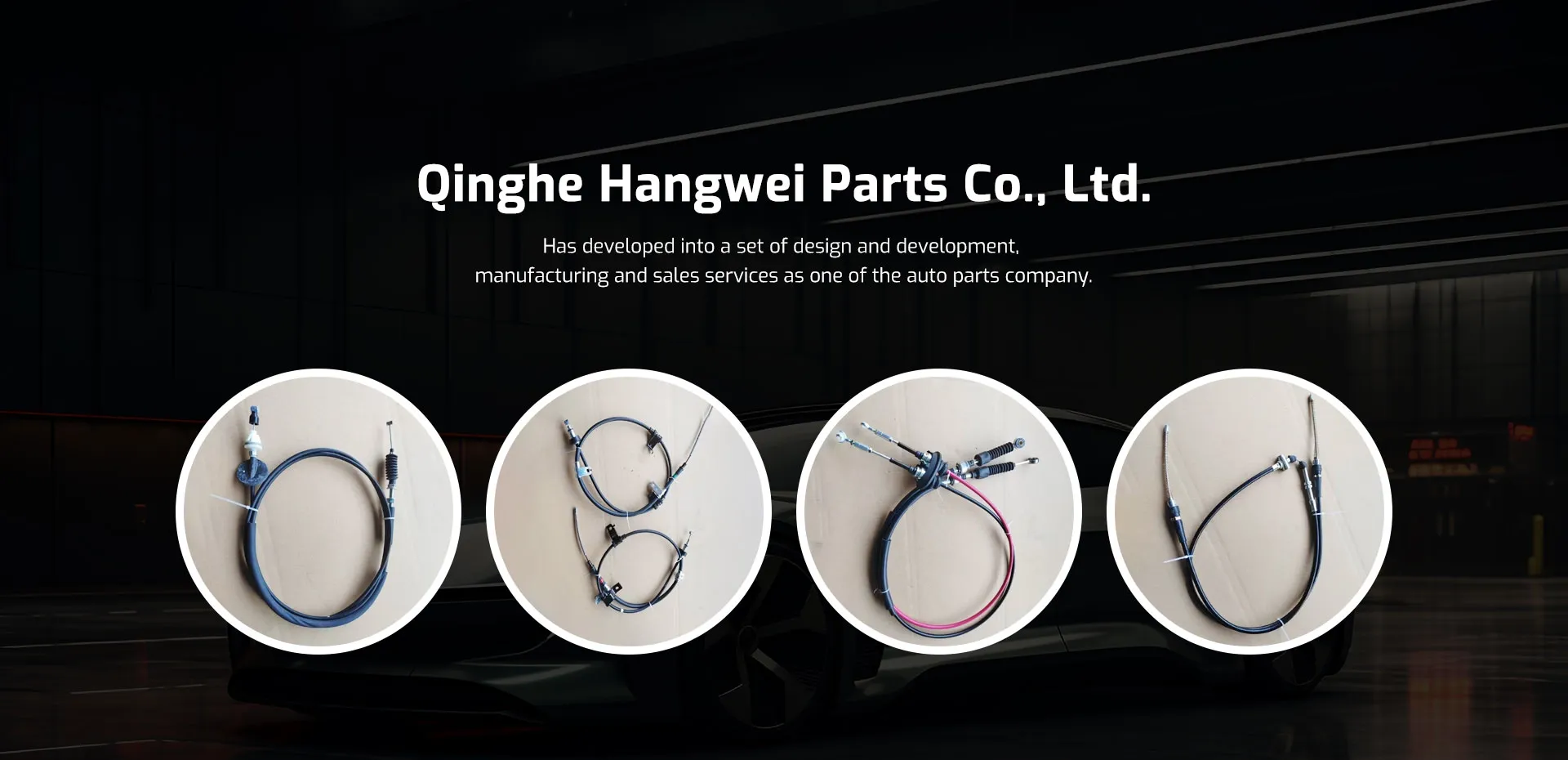lawn mower throttle cable
Understanding the Throttle Cable in Lawn Mowers
A well-maintained lawn is often a point of pride for homeowners. However, achieving that pristine landscape requires the proper operation of your lawn mower, and one critical component in ensuring smooth mower performance is the throttle cable. This article delves into the importance of the throttle cable, how it functions, signs of wear and tear, and tips for maintenance and replacement.
What is a Throttle Cable?
The throttle cable is a vital link in the internal workings of a lawn mower. It connects the engine's throttle control, usually located on the mower’s handle, to the carburetor or engine assembly. Its primary role is to control the engine speed by regulating the amount of air-fuel mixture drawn into the combustion chamber. When you pull the throttle lever or engage the accelerator pedal, the throttle cable moves accordingly, adjusting the engine's RPM (revolutions per minute) to meet the demands of mowing your lawn.
How Does It Work?
When you start your lawn mower and engage the throttle, the cable responds by pulling on the throttle plate within the carburetor. This plate opens to allow more air to mix with fuel, which increases the engine's power and speed. Conversely, releasing the throttle decreases the tension on the cable, which then allows the throttle plate to close, reducing engine speed. This simple yet effective mechanism allows for responsive control over your mower's power output, enabling you to navigate various terrains and grass heights with ease.
Signs of Throttle Cable Issues
Over time, your lawn mower's throttle cable can wear out or become damaged, leading to several operational issues. Here are some signs that your throttle cable may need attention
1. Stiff or Unresponsive Throttle Lever If you notice that the throttle lever is stiff or doesn’t respond when you try to adjust it, this could indicate a frayed or obstructed cable.
2. Erratic Engine Speeds If the engine speeds up or slows down inconsistently, it may suggest that the throttle cable is not functioning correctly.
lawn mower throttle cable

4. Cable Fraying or Damage Inspect the cable for any visible frays, bends, or damage. If the cable appears worn or broken, it is time for a replacement.
Maintenance Tips
1. Regular Inspection Periodically check the throttle cable for signs of wear and tear. Keeping it clean and free from dirt and debris will help prolong its life.
2. Lubrication Applying a light lubricant to the throttle cable can help keep it moving smoothly and prevent it from sticking.
3. Adjusting Tension Some models allow for cable tension adjustments. If you notice excessive slack or tightness in your throttle cable, consult your mower's manual for guidance on making adjustments.
4. Change as Needed If you experience any significant performance issues related to the throttle cable, replacing it immediately can prevent further damage and ensure the efficient operation of your mower.
Replacing the Throttle Cable
If inspection reveals that your throttle cable is beyond repair, replacing it is a straightforward process for many lawn mower models. Begin by disconnecting the spark plug to ensure safety. Locate the throttle cable assembly, typically found near the carburetor, and detach it from both the throttle lever and carburetor. Install the new cable by reversing the removal process. Ensure that it is properly tensioned and secured in place before reconnecting your spark plug and starting the mower.
Conclusion
The throttle cable may seem like a small component in the grand scheme of a lawn mower's operation, but it plays an essential role in how effectively your mower performs. By understanding its function, recognizing signs of wear, and performing regular maintenance, you can ensure your lawn mower runs smoothly, allowing you to keep your lawn looking its best. Whether you’re a seasoned gardener or a first-time mower user, paying attention to the throttle cable can save you time and effort in the long run.
-
Workings of Clutch Pipe and Hose SystemsNewsJun.04,2025
-
The Inner Workings of Hand Brake Cable SystemsNewsJun.04,2025
-
The Secrets of Throttle and Accelerator CablesNewsJun.04,2025
-
The Hidden Lifeline of Your Transmission Gear Shift CablesNewsJun.04,2025
-
Demystifying Gear Cables and Shift LinkagesNewsJun.04,2025
-
Decoding Clutch Line Systems A Comprehensive GuideNewsJun.04,2025
